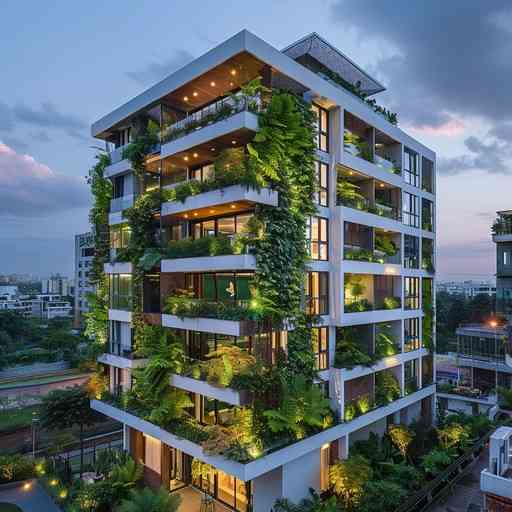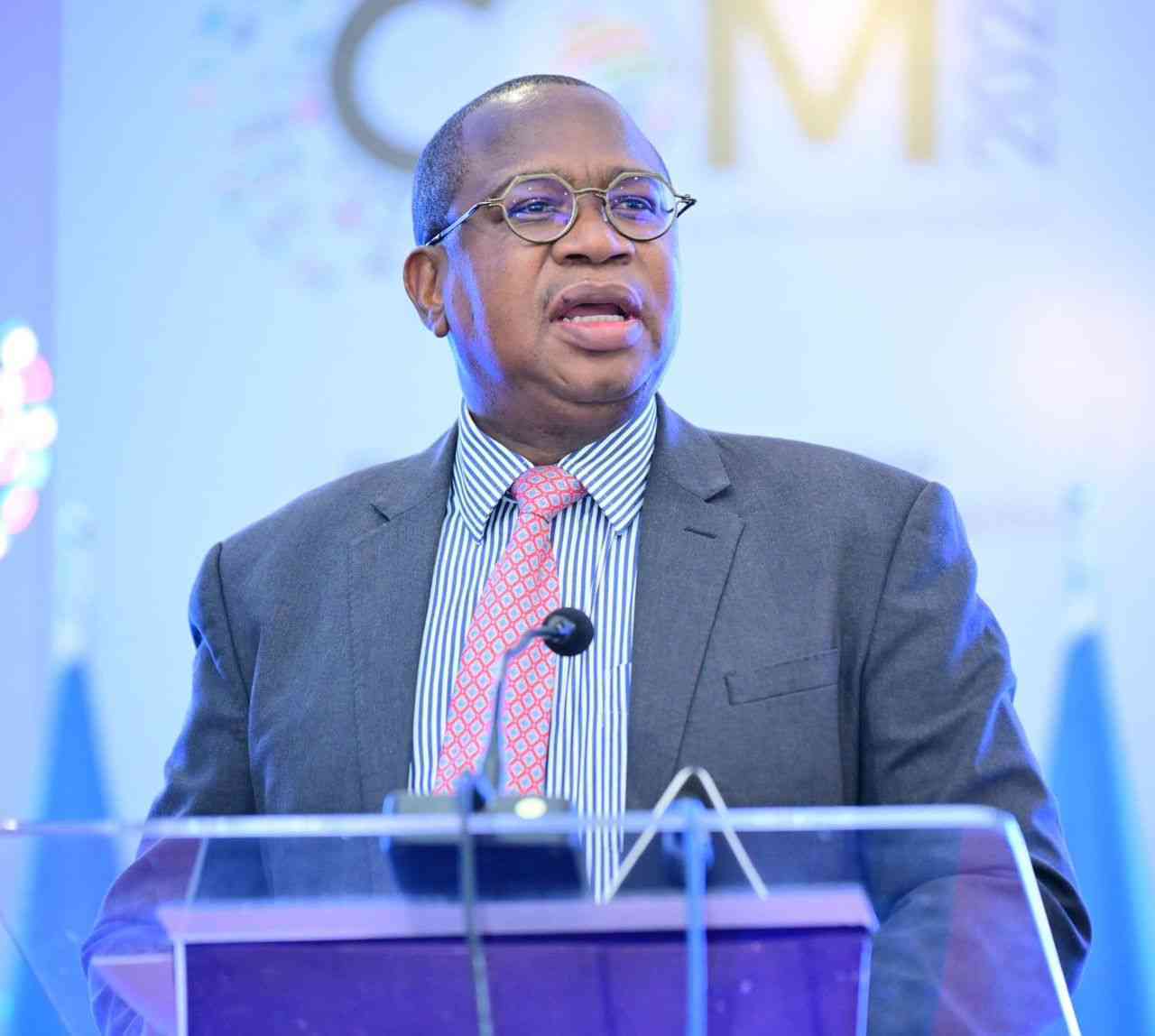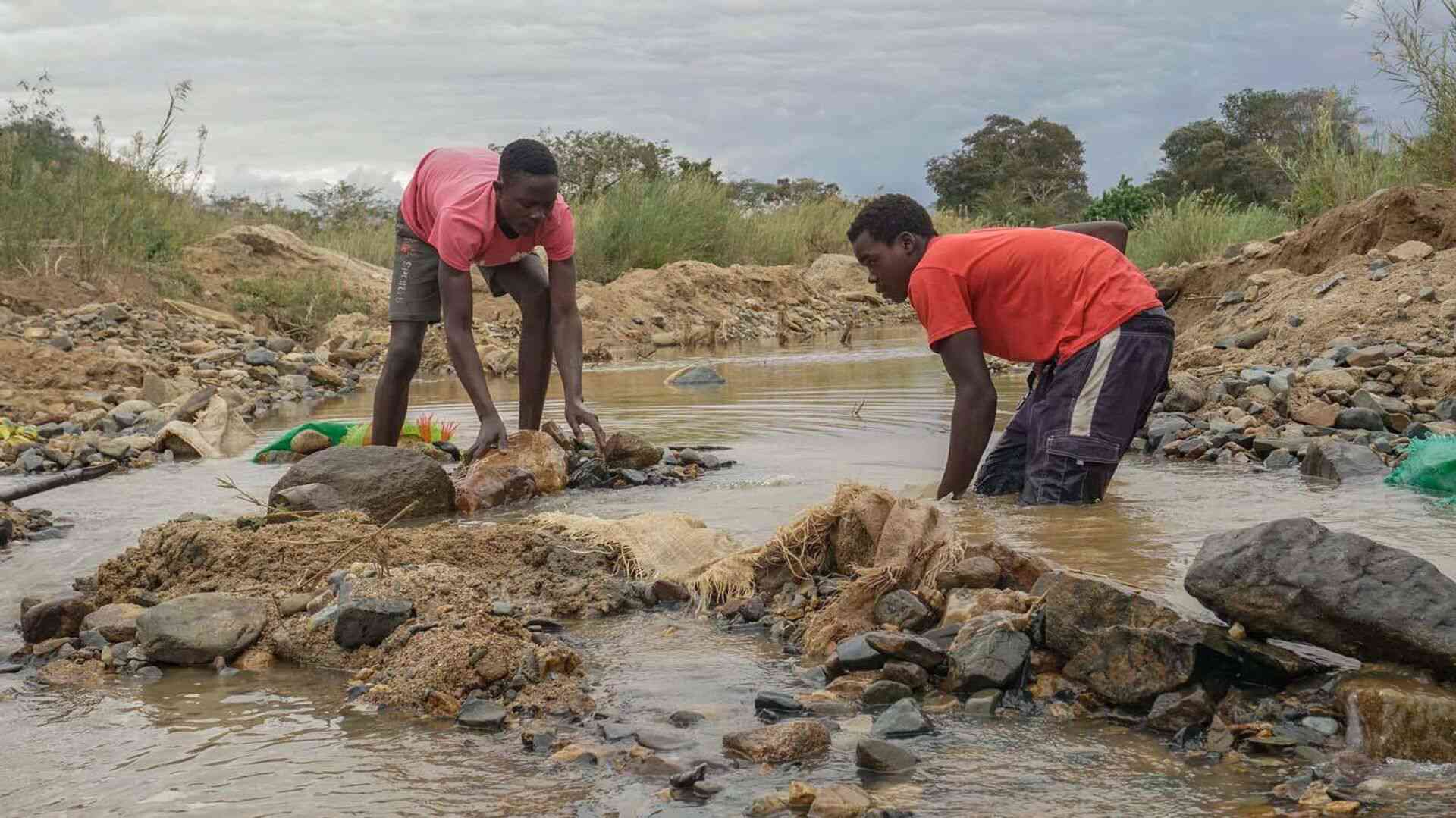
AT the 29th Conference of Parties (COP 29) to the United Nations Framework Convention on Climate Change (UNFCCC), Zimbabwe's Ministry of Environment, Climate, and Wildlife has articulated a robust and comprehensive strategy for addressing climate challenges that align with sustainable development goals.
Green building practices, which emphasise energy efficiency, reduced environmental impact, and resilience to climate-related risks, are an essential component of Zimbabwe's climate adaptation and mitigation priorities.
Integrating green building practices into the country's climate action strategies can directly support its overarching goals, from addressing the impacts of climate change to securing sustainable economic development.
Here is how green building aligns with Zimbabwe’s COP 29 priorities: Climate finance and green building One of Zimbabwe's central objectives at COP 29 is to secure climate finance, with an emphasis on a new collective quantified goal (NCQG) of US$1,3 trillion by 2030, tailored to the needs of developing nations.
Green building practices could attract such financing by demonstrating a clear, measurable impact on reducing carbon emissions and fostering sustainable development.
According to Zimbabwe’s National Adaptation Plan (NAP), the country requires US$10,3 billion for adaptation efforts and an additional US$4,8 billion for mitigation.
Green building initiatives can make a strong case for this funding by proposing projects that reduce energy costs, utilise renewable energy sources, and promote low-carbon construction materials and designs.
Additionally, investing in green building projects can provide long-term financial savings and economic stability, reducing the financial burden on Zimbabwe's economy in the future.
Strengthening adaptation
Zimbabwe has emphasised adaptation as a priority, especially with sectors such as agriculture, water, health, and infrastructure needing urgent attention.
Green building practices, especially those that incorporate climate-resilient designs, directly support this objective.
Constructing buildings that are resistant to extreme weather events — such as flooding, drought, and temperature fluctuations — would decrease vulnerability to climate impacts.
These buildings could incorporate features like rainwater harvesting systems, passive cooling and heating designs, and natural insulation materials, which not only enhance resilience but also reduce the reliance on limited natural resources.
Furthermore, prioritising green building in vulnerable areas, such as low-lying flood-prone regions or arid regions, could provide Zimbabwe with resilient housing and community infrastructure, significantly enhancing its adaptive capacity.
Just transition pathways
The concept of a “just transition” is central to Zimbabwe’s COP 29 agenda, recognising the need to balance environmental goals with economic development.
As part of Zimbabwe’s transition, green building practices offer opportunities for sustainable job creation, workforce development, and skill-building within the construction sector.
A shift towards green building would require a skilled labour force adept in sustainable construction techniques, potentially opening up avenues for employment and training in renewable energy technologies, sustainable materials, and energy-efficient construction methods.
Furthermore, the adoption of locally sourced, low-carbon materials can create a more sustainable supply chain, benefitting local businesses and reducing reliance on imported, carbon-intensive construction materials.
A role for resilient infrastructure
Zimbabwe’s position on the Loss and Damage Fund underscores the need for support in rebuilding communities affected by climate-related disasters.
Green building practices that prioritise resilient construction can play a critical role in this area.
For example, sustainable, durable materials and designs that can withstand extreme weather can reduce the need for repeated reconstruction, easing the financial strain on Zimbabwe’s recovery efforts.
In cases where climate-induced events such as floods, droughts, or high temperatures cause displacement or infrastructure damage, green buildings can serve as safe, durable shelters, supporting immediate recovery needs and serving as models for climate-resilient development in affected regions.
Such infrastructure would enhance Zimbabwe's capacity to recover from and adapt to climate change while reducing the frequency of future rebuilds, conserving resources, and reducing greenhouse gas emissions associated with reconstruction.
Capacity building
Zimbabwe's position paper emphasises the importance of capacity building to implement its nationally determined contributions (NDCs) and adaptation plans.
Green building practices will require targeted capacity-building efforts to ensure that architects, engineers, and builders are equipped with the knowledge and skills to execute sustainable designs.
Capacity-building initiatives could involve training programmes on energy-efficient building techniques, sustainable material selection, and renewable energy integration, such as solar and wind power.
Additionally, Zimbabwe could establish partnerships with international organisations that provide training and funding for sustainable infrastructure, further supporting its climate adaptation and mitigation efforts.
Technology transfer in support of green building Zimbabwe has highlighted technology transfer as an essential part of its COP 29 agenda, and green building stands to benefit significantly from advancements in sustainable construction technologies.
For example, Zimbabwe could integrate innovative building technologies such as smart meters, energy-efficient appliances, and building management systems that optimise energy use based on real-time data.
Further, access to energy-efficient materials and technologies like solar panels, advanced insulation, and recycled construction materials could make green buildings more feasible across Zimbabwe.
Establishing a robust framework for technology transfer would facilitate the adoption of cutting-edge green building practices, advancing Zimbabwe’s climate adaptation and mitigation goals.
Gender, climate empowerment
The ministry’s emphasis on gender equality and public climate empowerment, as outlined in its COP 29 objectives, is also compatible with the development of green building practices.
By promoting policies that ensure women’s involvement in green construction projects, Zimbabwe could foster a more inclusive building industry.
This approach could include training and employment programmes for women in sustainable construction, management roles within green building projects, and opportunities for community-led initiatives.
Moreover, educating communities on the benefits of green building practices and involving them in decision-making processes around sustainable infrastructure could foster greater public support for climate-friendly policies.
This participatory approach aligns with Zimbabwe’s goal to engage the public in climate action, supporting the transformation toward a more climate-resilient society.
Integrating green building practices
COP 29’s recognition of the climate-nature nexus aligns with green building practices that prioritise biodiversity and natural ecosystems.
Green buildings can be designed to integrate vegetation, promote urban greening, and restore local ecosystems through features like green roofs, vertical gardens, and eco-friendly landscaping.
Such projects can enhance urban biodiversity, support ecosystem services like carbon sequestration, and create habitats for local wildlife.
This approach not only strengthens Zimbabwe’s environmental resilience but also aligns with its National Biodiversity Strategies and Action Plan, demonstrating a cohesive strategy that integrates climate resilience with biodiversity conservation.
Conclusion
Green building practices provide Zimbabwe with a pathway to address its COP29 priorities across multiple dimensions: reducing emissions, enhancing climate resilience, generating sustainable employment, and promoting gender equality.
By incorporating green buildings into its climate action strategies, Zimbabwe can support its climate adaptation and mitigation goals, drawing on sustainable, innovative solutions that align with global climate finance opportunities and best practices in sustainable development.
In advocating for green building practices as a key component of its climate strategy, Zimbabwe not only bolsters its ability to respond to climate impacts but also demonstrates a commitment to sustainable development that prioritises environmental resilience, economic stability, and social inclusion.
Juru is the chairperson of the Green Building Council of Zimbabwe and Integrated Properties chief executive officer.










